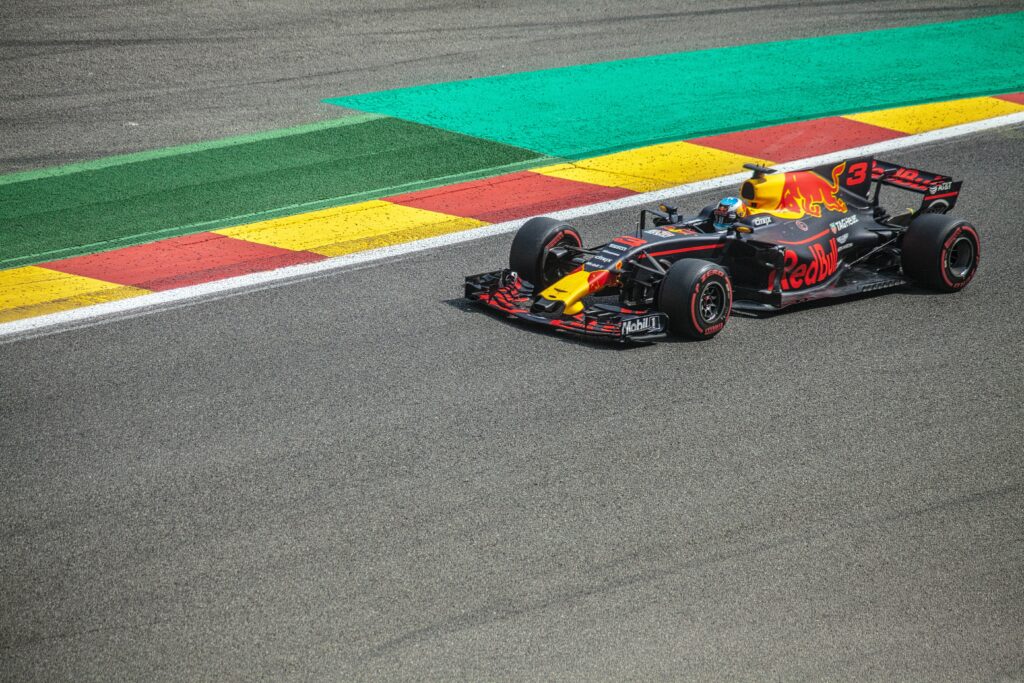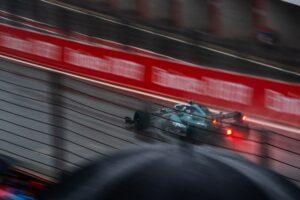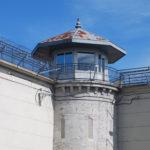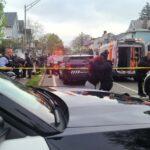Communicated Content – This year, Formula 1 paid its first visit to Miami for the inaugural Miami Grand Prix. The race saw drivers hurtle past the Hard Rock Stadium and thousands of cheering fans at eyewatering speeds.
The track joined the already established United States Grand Prix which has been taking place at the Circuit of the Americas each fall since 2012, making the USA only the second country on the current F1 calendar to have more than one event within its borders this season.
Not satisfied with just two races, the sport’s bosses have gone a step further. Next year, the Formula 1 circus will be rolling into a third city, Las Vegas, for a very special Grand Prix that will showcase the city and the cars together in a night race under the Strip’s legendary neon lights.
The additional Grands Prix comes as part of a strategic shift in the sport’s focus. Its owners, Liberty Media, who took over in 2017, have been looking for ways to expand their reach into the US, a market that F1 has previously struggled to crack.
They’ve been successful too. Formula 1 is enjoying record-breaking viewing figures on TV, its races are making history with the largest-ever audiences, and interest from casual fans is up thanks to the Netflix show Drive to Survive.
F1 sports betting is also growing, with most American sportsbooks now offering odds on races and the championships as a whole. Interest in placing wagers on these events has been helped further by comparison sites like OddsChecker that help fans find the best free bet promotions to use on F1 and other competitions.
But Texas, Miami, and Las Vegas are just the latest installments in an ever-changing relationship between the United States of America and Formula 1.
The Big Apple Grand Prix
Before these three, serious talks had been underway about hosting a race around New York City and demonstration events even took place.
Former F1 supremo, Bernie Eccleston, wanted a Grand Prix where the cars would contrast the silhouette of the famous Manhattan skyline, believing it would be an incredible spectacle.
While he was right, this posed several problems, namely practical and logistical issues.
Firstly, New York is one of the busiest and most congested cities in the world; closing its streets for an entire weekend so that 20 people could race their expensive cars around for a few hours was going to be a hard thing to get approved.
But not only that – racing in the center of the city’s wealthy business district would mean you wouldn’t get to see its skyline since the cars would be right next to the foyers of the famous skyscrapers.
Therefore, the race would have to be hosted in New Jersey so that cameras could capture both the cars and the buildings that towered over the opposite bank of the Hudson.
Ignoring the obvious political, economic, and practical issues that this would create, these plans would have been a boon to the entire state, including communities in the Hudson Valley and Catskills.
Tourist Dollars
F1 is often described as a circus because it turns up in a city for just a week, puts on a wild show, and then hits the road again.
For that week, it brings thousands of engineers and team personnel, similar numbers of journalists, hundreds of officials, and tens (or hundreds) of thousands of spectators.
Even with New York’s vast capacity for hotels, the city wouldn’t have the facilities to support them all, especially given that visitors would continue coming for other purposes.
Therefore, businesses elsewhere in the state would also benefit from this influx of big spenders. Hotels, bed and breakfasts, campsites, and hosts on sites like Airbnb would also see their earnings spike.
As would others in the service sector, including transport companies, bars, and restaurants, as well as anyone else that could sell their wares to the visitors.
It’s also likely that some fans who were making the trip to the US from overseas would choose to stay longer to explore more of the city, state, and country.
It is, therefore, a shame that these plans couldn’t go ahead. But in the current climate of expansion in the USA, we shouldn’t rule out the possibility that the F1 circus could roll into the Big Apple in the future.









